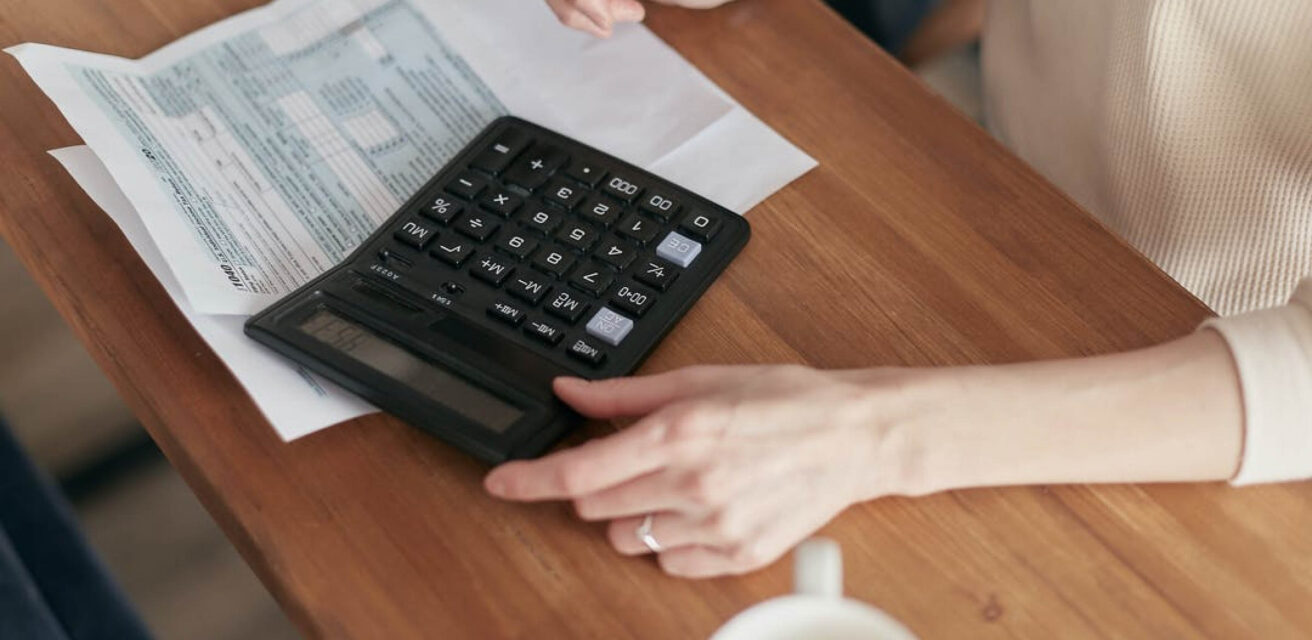
Freelance Tips: What to Include in a Proofreading Invoice
So you’ve finished proofreading a document for your client and the time has come for them to pay you. To request payment, you’ll need to prepare an invoice and send it to them. We know that this can be unfamiliar territory for a lot of new freelancers. So, in this post, we’re going to take you through what to include in a proofreading invoice.
What Is an Invoice?
An invoice is a record of the services that you have provided for your client and how much these services cost. Invoices should lay this information out clearly so your clients know exactly how much they need to pay, and when.
This is essential for freelancers as it ensures that you maintain clear communication with clients about your services. In addition, creating records of your work and income will make it easier when it comes to paying tax.
What to Include in a Proofreading Invoice
Your invoice will need to clearly set out key information about you and your client. At the top of the invoice, then, you should include:
- Your name or company name (and a logo if you have one)
- The word “invoice”
- Your contact details
- Your client’s name and/or company name (if they’re a big company, this may also include a purchase order number for their records)
- An invoice number (you can decide on the numbering system, but no two invoices should have the same number)
- The date you prepared the invoice
These details provide your client with all the information they need to know about you as a freelancer and the bill you’re charging.
Your invoice will also need to itemize the services you are charging for. You can set this out in a table, which should include:
- A description of each individual service (e.g., “Proofreading: blog post,” “Formatting: blog post,” “Proofreading: About Me page”)
- The unit of measurement for that work (e.g., by word/page/hour)
- Your rate for that service (i.e., what you charge per word, page, or hour)
- The number of units that your client is paying for (e.g., 1500 words, 11 hours)
- The total cost (i.e., the rate multiplied by the number of units for each service)
To ensure that you’re paid promptly, it’s also a good idea to include details about your payment terms. You should ensure your client knows the payment due date and the different payment options (e.g., PayPal, bank transfer). You could also include information about penalties for late payment.
Invoicing Tools
If you don’t fancy creating an invoice from scratch, there are many invoice templates available in word processors and online. Just make sure to check that the template includes all the information you need to bill your client.
Many finance-management apps designed for freelancers also include customizable invoice templates (among many other useful features for managing your money). Check out our list of accounting tools for freelancers here.
Becoming A Proofreader
Deciding what you earn and being your own boss are just two of the many benefits of freelance proofreading. To see what the others are, check out our Becoming A Proofreader course today. You can even sign up for our free trial.



Leave a Comment
Your email address will not be published.